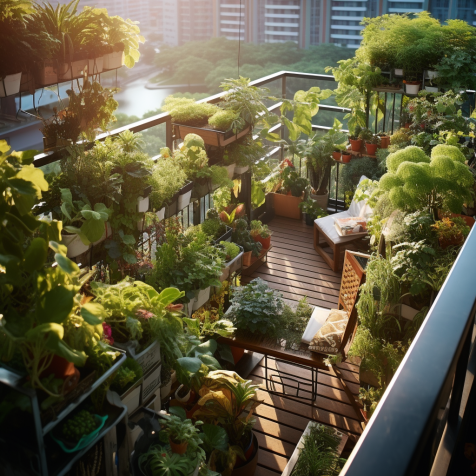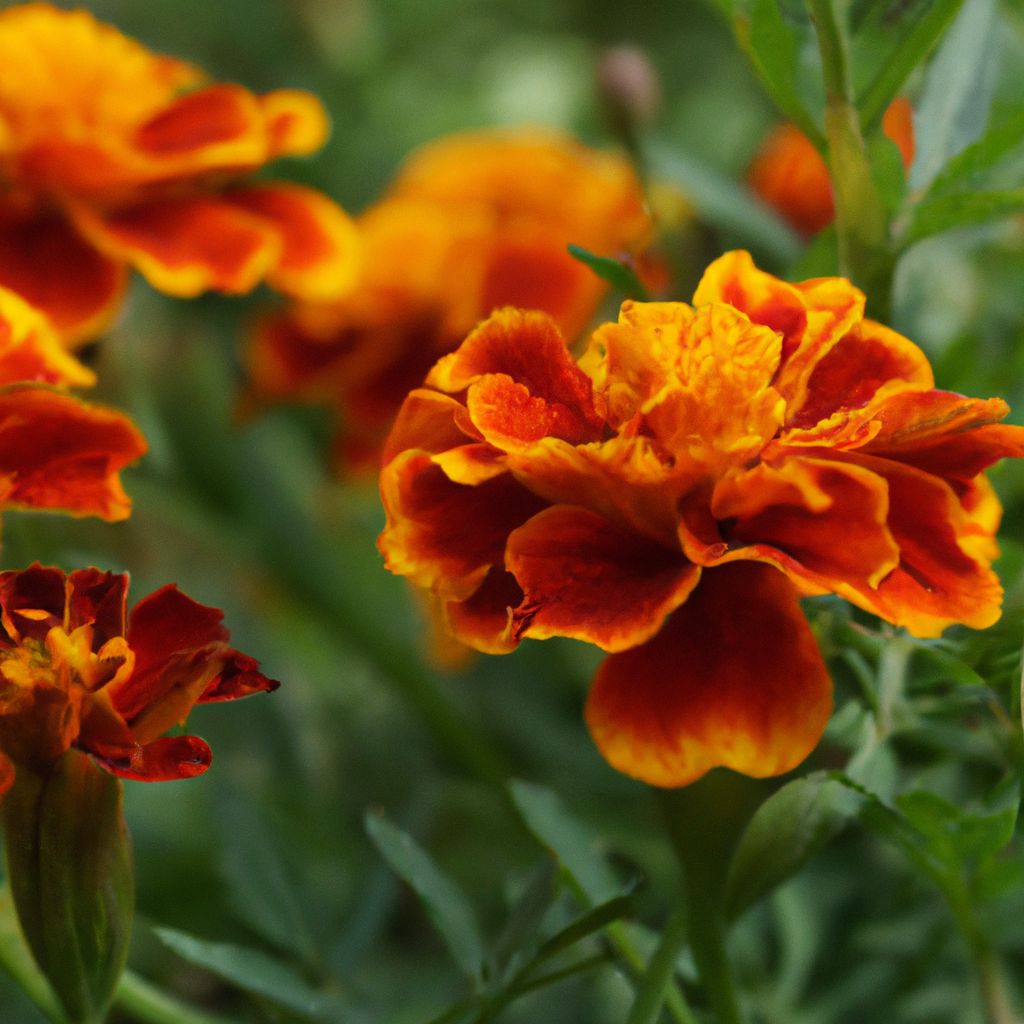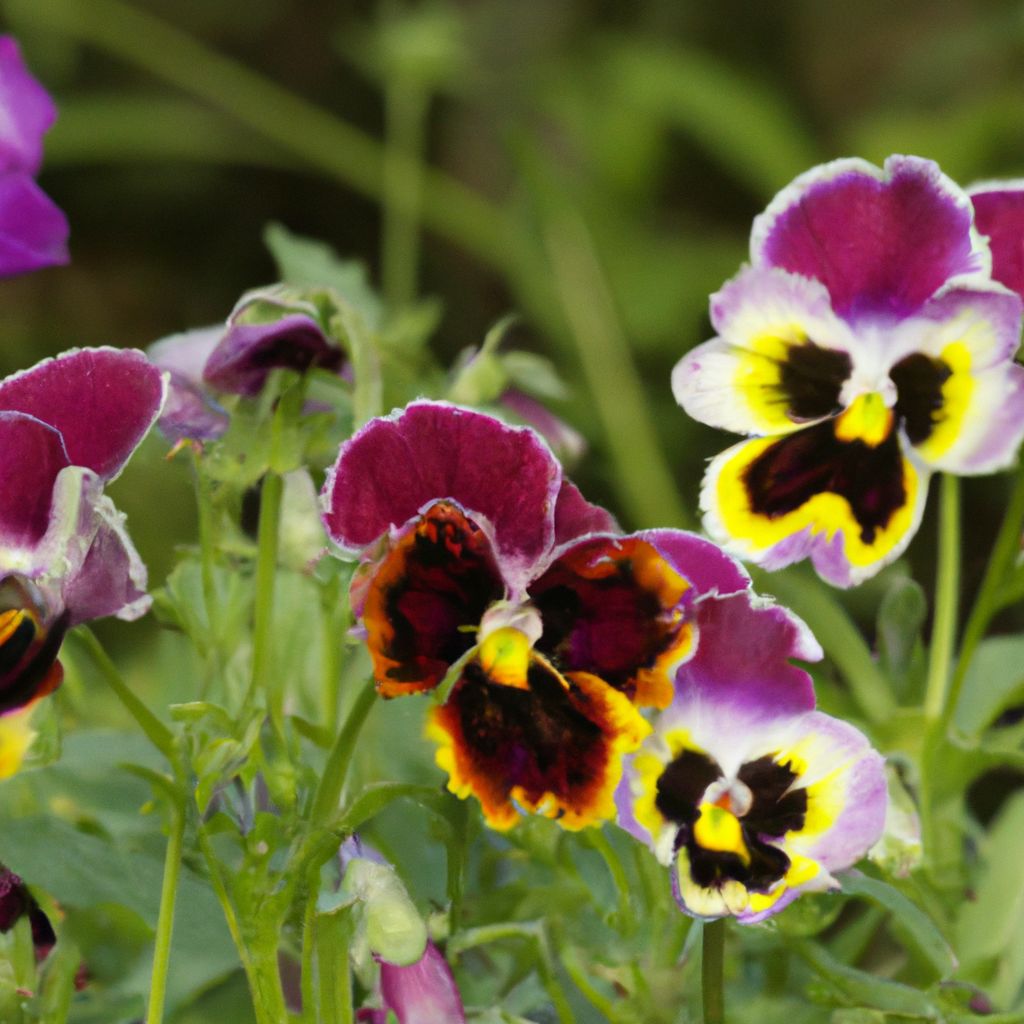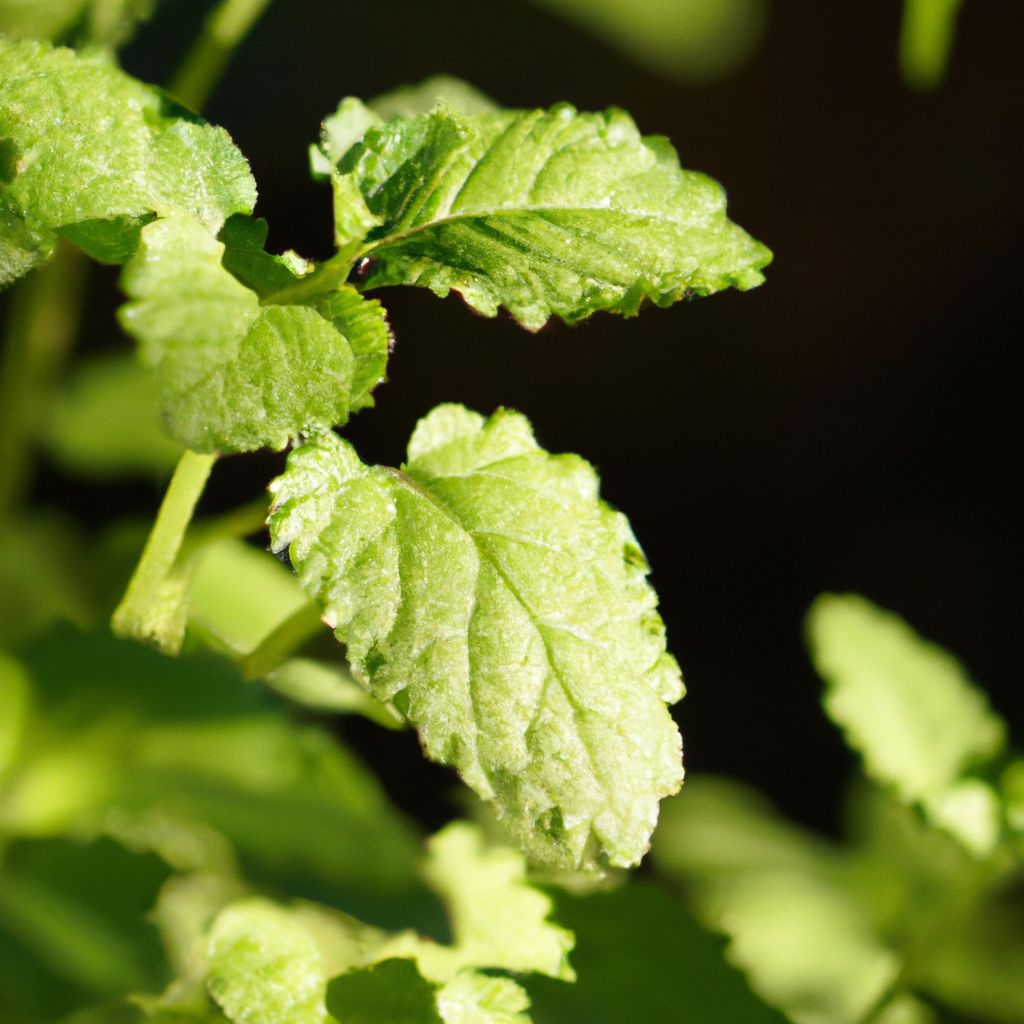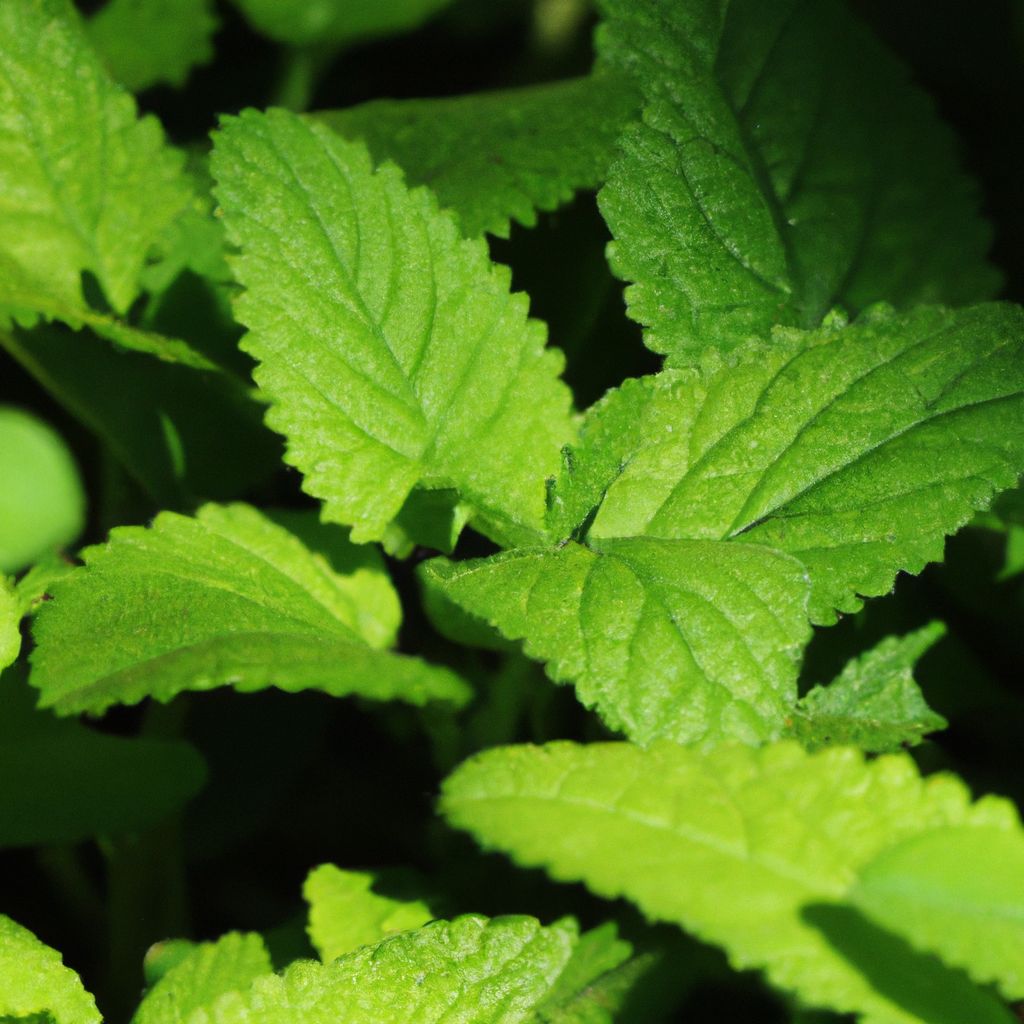Tucked away in urban corners, balconies and patios have untapped potential to become serene garden oases. By cultivating plants in these intimate spaces, you can grow fresh produce steps from your door, create a relaxing escape, and even purify the air. Discover just how rewarding it can be to nurture nature in the heart of the concrete jungle. Here’s how to start a balcony / patio garden in your own unique space!
The Many Benefits of Turning Your Balcony or Patio into a Garden
Growing plants on your balcony or patio comes with a wide range of advantages beyond simply having a beautiful, green space. Consider all these rewarding benefits:
Enjoy Access to Fresh, Organic Produce
- When you grow your own fruits, vegetables, and herbs, you have full control over how they are cultivated. This allows you to enjoy truly farm-fresh, organic produce simply by stepping outside.
- Having an edible garden right at home reduces trips to the grocery store and cuts food costs over time.
- You can harvest produce at its peak ripeness for maximum flavor and nutritional quality.
- Avoid harmful pesticides, waxes, and preservatives used on store-bought produce. Go completely natural and organic.
Create a Relaxing, Tranquil Outdoor Escape
- With the right design, furnishings, and plant choices, your balcony or patio can become a personal sanctuary from urban life.
- The sights, scents, and sounds of nature create a soothing ambience for rest and rejuvenation right at home.
- Having an outdoor oasis steps from your living space makes it easy to unwind and de-stress daily.
- You can create a space for activities like yoga, meditation, reading, or having a cup of tea surrounded by greenery.
Improve Your Air Quality
- Leafy plants naturally filter pollutants and release oxygen through photosynthesis. By greening up your outdoor area, you can reduce pollution and breathe easier at home.
- Your little urban garden also helps filter dust, pollen, smoke, and other pollutants from the air.
- The air purifying benefits are continuous as your plants keep growing. More greenery means cleaner, fresher air.
- Indoor air can also improve if you open windows/doors near your garden to let the fresh air circulate inside.
Enjoy the Therapeutic Benefits of Gardening
- Studies show gardening promotes overall wellbeing by reducing stress, anxiety, and depression.
- The repetitive motions of digging, planting, and pruning have a calming, meditative effect.
- Seeing tangible results from your efforts boosts mental health and creates a sense of satisfaction.
- Growing and tending to plants cultivates patience and appreciation for the slower rhythms of nature.
Attract Pollinators and Wildlife
- Container gardens provide habitat for bees, butterflies, hummingbirds and other pollinators, even in the middle of a city.
- The nectar and pollen from flowering plants you grow will help sustain pollinators and other beneficial insects.
- You may find your small urban garden attracting birds that stop by to rest, eat seeds/berries, or hunt for insects.
- Promoting local wildlife diversity improves the health of your entire urban ecosystem.

Step-By-Step Guide: How to Start Your Balcony or Patio Garden
If you’re eager to dive into balcony or patio gardening, follow these key steps outlined below to get started:
Assess Your Outdoor Space and Light Conditions
- Take precise measurements of your balcony or patio area using a tape measure. This will allow you to determine the exact gardening space available.
- Note sunlight exposure throughout the day and identify areas that receive full sun, partial sun, or full shade. Observing light patterns is crucial.
- Look for any obstacles like railings, overhead structures, vents, or pipes that may impact what you can grow.
- Check weight load capacity if growing larger plants. Consult your building manager with any structural concerns.
- Determine water access points. Having a spigot or hose bib nearby is ideal for easily watering plants.
Choose the Right Planters and Soil
- Select lightweight planters or containers with adequate drainage holes at the bottom to prevent waterlogged soil. Plastic and resin containers are affordable options.
- For a classic look, terracotta or glazed ceramic planters are eye-catching. Just be aware these can be heavy if you need to move them.
- Match planter size to the expected mature size of plants. Bigger is not always better if it crowds your space.
- Use a high quality commercial potting soil or potting mix, never garden soil which can compact. Potting mix offers better drainage.
- Add compost or worm castings to enrich soil nutrients and support plant growth.
Pick Plants Suited to Your Space and Climate
- Take into account the sunlight patterns of your space and select plants suited to the conditions.
- Choose compact, dwarf, or small varieties if dealing with limited square footage.
- Consider your local climate and growing zone – pick plants suited to your region. Heat and humidity tolerance is key.
- Opt for plants with multi-season interest via flowers, fall foliage, or other features. This extends your enjoyment.
- Favor native plants. They are easiest to grow, requiring less watering and care to thrive.
Arrange and Plant Your Containers
- Place larger plants towards the back and sides to provide an anchor. Plant shorter varieties in front for visibility.
- Group containers close together to create a lush, full look but leave some space for air circulation between plants.
- For edibles, be sure to follow proper spacing guidelines and sun requirements listed on plant tags or seed packets.
- After placing containers where you want them, plant according to instructions and gently water until the soil is moist.
Caring for Your Balcony or Patio Garden
Once your urban Eden is planted, keep it thriving with these essential maintenance tips:
Proper Watering and Drainage
- Container plants need more frequent watering than in-ground plants. Check soil daily by touch and water when the top 1-2 inches become dry.
- Always water thoroughly until it drains out the bottom of planters. Shallow watering leads to weak roots.
- Let excess moisture fully drain out of containers after watering and empty drain trays. Never let plants sit in water.
- Adjust your watering schedule by season, watering more in hot, dry summer months and less in cool or rainy periods.
Optimal Sunlight Through Mindful Positioning
- Observe how your plants respond in their respective positions and make adjustments to ensure optimal light.
- Rotate pots occasionally for even sun exposure. Move sun-lovers to chase the light as day length changes in fall.
- Shelter wind-sensitive plants during intense sunlight periods if possible. Hot sun combined with wind can scorch.
- Adjust watering for plants getting more direct light – they will need more frequent watering.
Consistent Fertilizing and Nutrient Management
- Apply a balanced liquid fertilizer monthly according to label directions. Look for a formula suited to edibles or flowering plants.
- For potted plants, err on the side of less fertilizer because there is no soil to buffer excess salts that can burn roots.
- Watch for signs of nutrient deficiencies like yellowing leaves, stunted growth, poor flowering/fruiting and treat accordingly.
- For a more organic approach, use compost tea, fish emulsion, seaweed extract or worm castings. These break down slowly to provide a steady fertilizer source.
Timely Maintenance and Grooming
- Prune back leggy annuals or deadhead spent flowers to encourage more blooms.
- Clip herbs frequently to promote bushy regrowth. Always cut the right way for each plant.
- Clear dried leaves and debris regularly to prevent disease issues. Ourdoor areas can collect fallen leaves.
- Check for signs of pests like spider mites, mealybugs or fungus gnats and treat promptly before they spread.
- As seasons change, swap out cool weather plants for those suited to spring and summer gardening.
Overcoming Common Balcony and Patio Gardening Challenges
While rewarding, gardening in a confined outdoor space comes with some unique challenges. Here are solutions for the most common issues apartment gardeners face:
Maximizing Limited Space
- Utilize vertical space by hanging planters or using wall-mounted pots and shelves. This expands planting room.
- Train vining plants like grapes, cucumbers or beans to grow up instead of out. Use trellises or natural frames.
- Select plants that can be pruned and trained to stay compact and constrained to available space.
- Use tall, narrow planters, half barrels, or pole bean pots to optimize footprints.
- Stack planters on plant stands or crates to create tiers for growing.
Dealing With Insufficient Sunlight
- Determine exact sunlight pockets and plant shade tolerant varieties like ferns, impatiens or begonias there.
- Try supplementing with grow lights. Look for adjustable, full spectrum LED options.
- Use mirrors, white walls/pots or reflective surfaces to amplify ambient light in shadier spots.
- Avoid sun-loving plants that will stretch and struggle. Stick to plants suited for partial sun or shade.
Battling Pests and Diseases
- Inspect plants routinely and take action at the first signs of pests like aphids or spider mites. Remove and destroy affected parts immediately.
- Apply organic remedies like neem oil, insecticidal soap or garlic spray for common garden pests. Always follow label directions.
- Promote good air circulation between plants to prevent mildew, mold and other fungal issues. Avoid overcrowding.
- Remove and discard diseased, dying plants or cuttings right away. Never compost diseased plants.
- Introduce beneficial insects like ladybugs or lacewings that prey on plant pests.
Dealing With Wind Exposure
- Use decorative trellis panels, lattices or screens to create protected spaces and hide unsightly railings or barriers. This also buffers wind.
- Block prevailing winds with larger trellised or wall-trained plants grown on the windy side of your space.
- Opt for sturdy, heavy planters that will stay securely in place despite wind gusts. Lightweight pots can blow over.
- Grow low-profile, wind-tolerant plants around edges and place taller items in the center protected areas.
Preventing Wihdow Leakage and Drips
- For planters on railings, use drip trays beneath to catch overflow and prevent stains or leaks.
- Choose pots with built in drip lip designs or add-on saucers to contain excess water and soil.
- Place waterproof barriers like trays, mats or pads on the floor under planters.
- Avoid overwatering and water gently. Controlled, moderate watering minimizes mess.
- Apply waterproof sealant on railings or windows underneath planters if necessary.
Enhancing and Enjoying Your Balcony or Patio Eden
With some thoughtful additions beyond plants, you can enhance your balcony or patio garden into an even more enjoyable personal paradise:
- Add comfortable seating like chairs, loungers or benches so you can fully relax and enjoy your space.
- Incorporate decorative touches like wind chimes, sculptures, pots or accessory lighting. These details add style.
- Consider an outdoor rug, throw pillows, curtains or other cozy accents to create a welcoming living space.
- Install curtains, screens or lattice panels to create more privacy in your outdoor room.
- For evening enjoyment, add solar pathway lighting or string lights overhead.
Once your edible plants begin producing, be sure to harvest frequently for the best flavor and nutrition. There’s nothing better than enjoying a homegrown tomato or herbs snipped fresh from a patio pot! Consider preserving bountiful harvests by canning, freezing or making jams. You can also share the wealth with family, friends and neighbors.

Recommended Plants for Balcony and Patio Gardens
Here are some excellent plant recommendations to help you get started growing in containers on your apartment balcony or patio:
Herbs
- Basil
- Mint
- Oregano
- Rosemary
- Sage
- Thyme
- Parsley
- Cilantro
- Chives
- Lavender
Vegetables
- Tomatoes (compact/dwarf varieties)
- Peppers
- Lettuce
- Kale
- Green onions
- Radishes
- Carrots
- Peas (dwarf)
- Cucumbers (mini pickling)
- Bush beans
- Strawberries
Flowers
- Petunias
- Marigolds
- Zinnias
- Sunflowers
- Geraniums
- Begonias
- Impatiens
- Verbena
- Million bells
- Lantana
Now that you know how to start a balcony / patio garden, remember to choose plants suited for container growing and your specific conditions. With the right care and maintenance, even the smallest outdoor area can be transformed into a flourishing urban Eden!











































